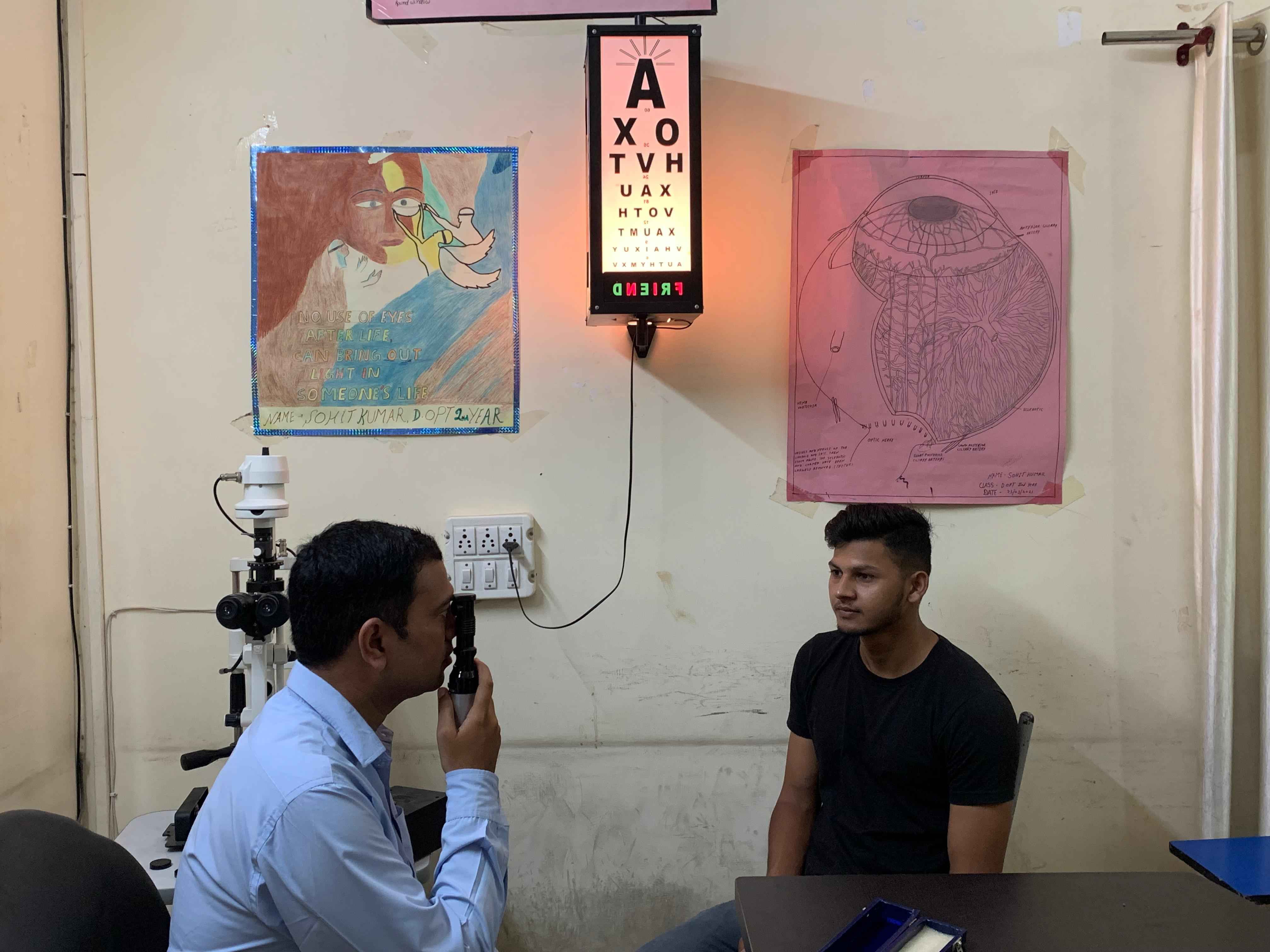

Presbyopia:
One of the most common age-related vision changes is presbyopia. This condition typically emerges around the age of 40, making it difficult to focus on close objects. Reading glasses or progressive lenses can help alleviate this issue, allowing you to continue enjoying your favorite books or hobbies.
Cataracts:
Cataracts are another prevalent age-related eye condition. These cloudy areas in the eye's lens can cause blurred vision and glare, making it challenging to see clearly. Fortunately, cataract surgery is a highly effective procedure that can restore your vision and significantly improve your quality of life.
Age-Related Macular Degeneration (AMD):
AMD is a leading cause of severe vision loss among older adults. It affects the macula, the part of the retina responsible for sharp, central vision. Regular eye exams can help detect AMD early, and certain treatments may slow its progression.
Glaucoma:
Glaucoma is a group of eye conditions that can damage the optic nerve, leading to vision loss or blindness if left untreated. Regular eye check-ups are crucial for early detection and management of glaucoma, as it often develops without noticeable symptoms.
Dry Eye Syndrome:
Dry eye becomes more common with age and can cause discomfort, redness, and blurry vision. Artificial tears and lifestyle changes can help manage this condition, keeping your eyes comfortable.
Floaters and Flashes:
Age-related changes to the vitreous gel in the eye can lead to the perception of floaters and flashes of light. While usually harmless, sudden changes in floaters or flashes should be promptly evaluated by an eye specialist.
Decreased Color Perception:
As we age, color perception may diminish. This can affect how we see and interpret the world around us. While there's no cure, maintaining regular eye exams can help monitor any significant changes.
To protect your eye health as you age, prioritize a healthy lifestyle. This includes a balanced diet rich in antioxidants, regular exercise, and not smoking. Wearing UV-blocking sunglasses can also safeguard your eyes from harmful sun exposure.
In conclusion, age-related eye conditions and vision changes are a natural part of the aging process. However, by staying proactive and seeking regular eye care, you can ensure that these changes don't hinder your ability to enjoy life to the fullest. Embrace your journey and take the necessary steps to preserve your precious vision.
